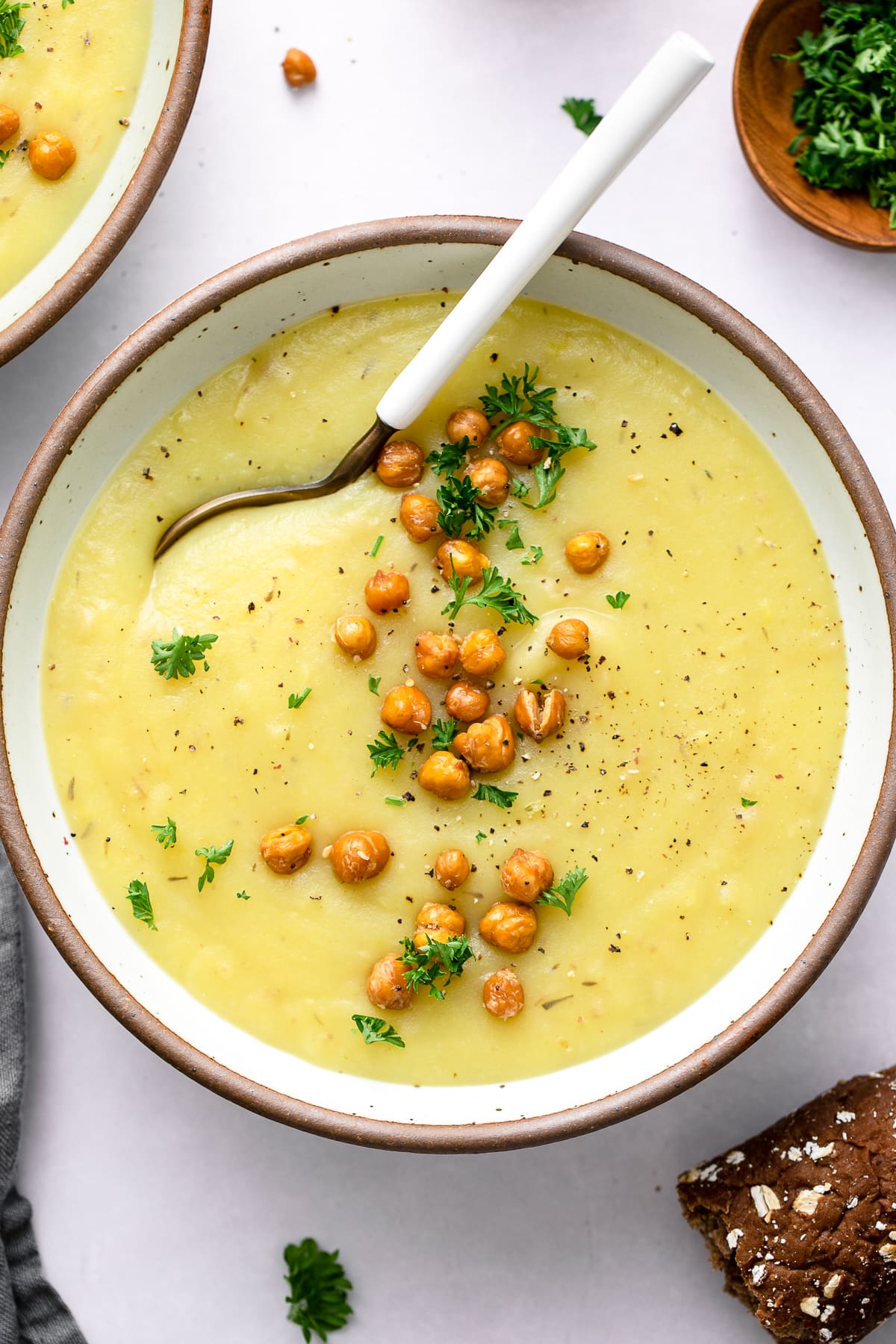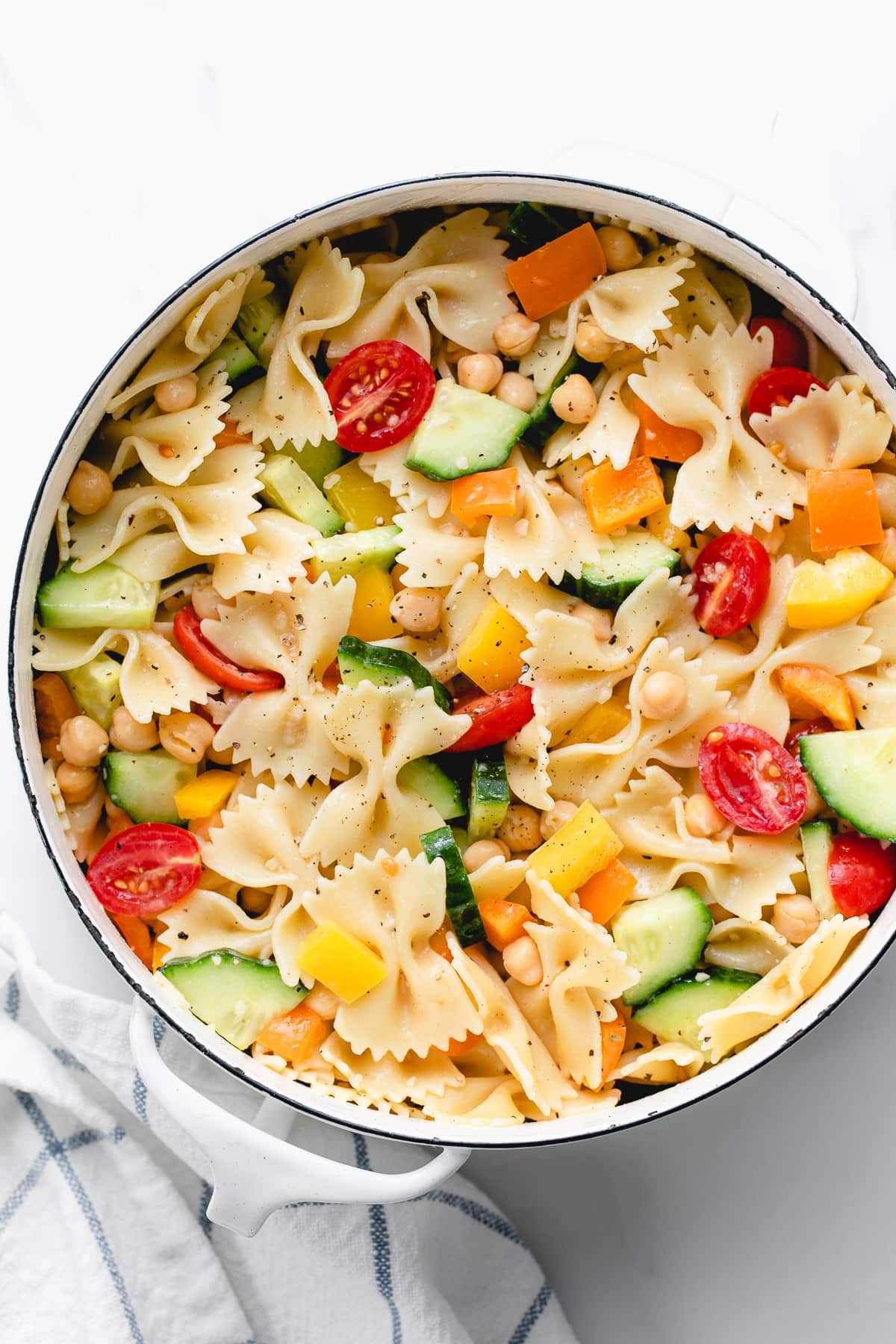
Low-Fat Vegan Recipes
Low Fat Vegan Recipes – You’ll find these healthy vegan recipes to have a maximum of 3 grams of fat per 100 calories, keeping with a 30% fat to calorie ratio. The low-fat guidelines have changed in recent years, you can fine out more: How Much Fat Should Eat in a Day?
Low-fat foods are delicious. Who can resist Portobello Fajitas and Easy Vegetable Chili, or this Apple-Cranberry Crisp. Here you’ll find plenty of great plant based recipes to keep your tummy happy!
Healthy Tip: When sauteing, opt to use a few tablespoons of water in place of 1 tablespoon oil to lower the fat content. When baking, opt for applesauce in place of oil and butter when possible.















































